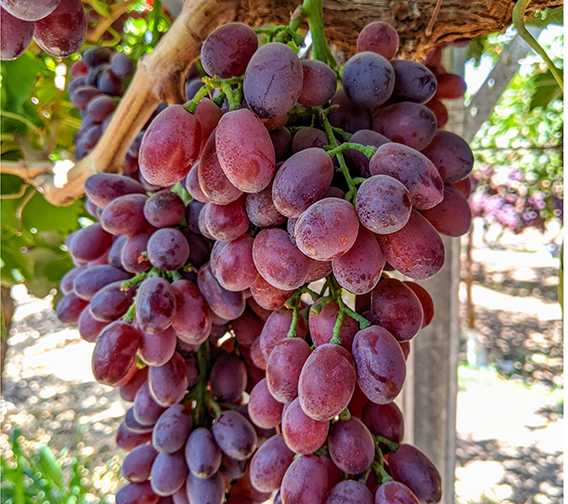GMO Fears Have Costly Results For Vegetable Growers
We had new carpeting installed here in the California office not long ago, with the beneficial side effect that we were motivated to dispose of some older issues of American Vegetable Grower, something I find difficult to do. One magazine cover caught my eye, the February 1999 edition, which had the headline: “GET READY — for herbicide tolerant vegetables.”
With all the controversy swirling around genetically modified organisms (GMOs) of late, it’s easy to forget how far back scientists have been working on glyphosate-tolerant vegetable crops. That ’99 cover story detailed how Dan Cantliffe and his colleagues at the University of Florida’s (UF) Institute of Food and Agricultural Sciences had performed successful field trials on incorporating the glyphosate-resistant gene into a popular crisphead lettuce variety, South Bay.
Cantliffe, now UF County Extension Director St. Johns County and Distinguished Professor Emeritus, and his team were so successful they won a USDA Honor Award in 1996 for their work. “Even the USDA was keen on it then,” Cantliffe says acidly.
In fact, the technology looked so promising that, according to that same issue of AVG, a University of California-Davis team of breeders had recently signed an agreement to work on incorporating Roundup Ready technology into strawberries. The editors noted it was a promising development, particularly with the phase-out of methyl bromide looming.
Don’t get Cantliffe wrong. It’s not that he didn’t achieve fame and fortune for the GMO work that ticks him off, it’s that growers lost out on some very useful technology. One problem in Florida for lettuce growers is that they have historically lacked a suitable herbicide, and hand weeding costs $750 an acre. Besides saving growers’ money, GMOs greatly reduce the amount of pesticides that are needed. “And there’s no downside,” he says, “none whatsoever.”
But in the mid-90s GMO opposition, already strong in Europe, moved across the Atlantic. Cantliffe attended roundtable forums on the topic to try and explain to people that while this technology only involved moving a single gene or a single cluster of genes, with traditional breeding scientists move thousands. He even tried making his case to the consumer media, but they saw the fear factor surrounding GMOs, and knew that’s what would grab viewers’ and readers’ attention.
So now we live in a nation where most people consume GMOs every day, through most field corn, soybeans, cheese, pharmaceuticals, etc. But because vegetables like Bt sweet corn aren’t allowed, Florida growers sometimes have to spray a crop 20 times.
“It’s just crazy,” says Cantliffe — the sanest comment on GMO opposition I have heard.










